True Blue: the edit
February marks the darkest month of the year in the northern hemisphere and the shortest and the end of the summer in the south. Blue defines this month in all its shades and splendor.
The color blue in many cultures is significant in religious beliefs, brings peace, or is believed to keep the bad spirits away. In Andean cosmology blue stands for space. In fact, Perú has evidence of the earliest known use of indigo in the world, derived most likely from Indigofera spp. native to South America. This predates by ~1500 years the earliest reported use of indigo in the Old World, from Fifth Dynasty Egypt [ca. 4400 BP (before present)]. Indigo is one of the most valued and most globally widespread dyes of antiquity and of the present era (it being the blue of blue jeans)
"Circulos" by Pablo Patrucco"
The series Circles pay homage to a wrinkled paper found on the street near his studio. Every Circle is an attempt to recreate that primal feeling of abandonment and textured solidity.
100 CM diameter
Oil on canvas
2020
Born in Lima in 1975, Pablo Patrucco studied History of Art at the Universidad Nacional Mayor de San Marcos and Plastic Arts at the Escuela Superior de Arte Corriente Alterna in Lima. He speaks with his brushes, his language is hyperrealism, an extremely lifelike and technically very impressive craft, resembling high resolution photos but with an added narrative and emotive depiction.Beneath that impressive first visual layer, Pablo’s work is a commentary on life and society in Lima, depicting themes such as public transport, garbage, overcrowding, consumer products, pre-Columbian artefacts and more. An individual painting may look like a simple rendition of the subject matter, but as a series, there are clear messages on societal tends of accumulation, commercialization, trivialization and the abandonment of society.
"Siray Mollo - Fish Bones" by Ponchos Rojas
Pillow base: 100% sheep’s wool / Embroidery made from organically dyed alpaca thread
Dry clean or hand wash cold, with wool or mild detergent, line dry & iron at medium heat.
Dimensions:
Length: 15.5”(40cm)
Width: 15.5”(40cm)
Ponchos Rojas is a textile brand dedicated to the preservation of weaving traditions in the high Andes. The textiles of the Bolivian Andes have an unbroken chain of tradition that has been passed through generations.
Founders Ana Catalina Rojas and Greg Merkel work with Bolivian communities to create new designs based on old traditions.
Ponchos Rojas is currently working with four communities in Bolivia.
The Mollo community located north of La Paz, in the province of Munecas, predates the Inca civilization, and are thought to be the direct descendants of the Tiwanaku civilization. Mollo weavers have a rich tradition of embroidered and woven fabrics and are well known for their triangular patterns representing rivers, mountains, and stars, as well as their detailed embroideries that capture both the sacred and everyday symbols of life. They were the weavers for the Inca royalty.
"Green Eyes" by Ester Ventura
950 silver cufflinks with pre-columbian mother of pearl shell and turquoise.
Ester Ventura was born in Buenos Aires and since 1974, she calls Perú, home.
She started her career in film production to later discover design and more specifically jewelry making. Fascinated by the history and archaeology of Perú, the richness of symbolism and materials, Ester started exploring innovative ways to tell stories through objects. Most of her creations are one of a kind. She has worked, for example, with spondylus, a shell used by many Andean communities for rituals, body ornaments and burials. The seed of huayruro, coveted in the Andes as good luck charms, is another recurring material in her unique pieces.
She is a textile connoisseur and collector, bringing the world of textiles to her pieces in a constant reverence to the mystical vision of the pre-Columbian world.
My very best wishes and happy shopping,
Marisol Mosquera




